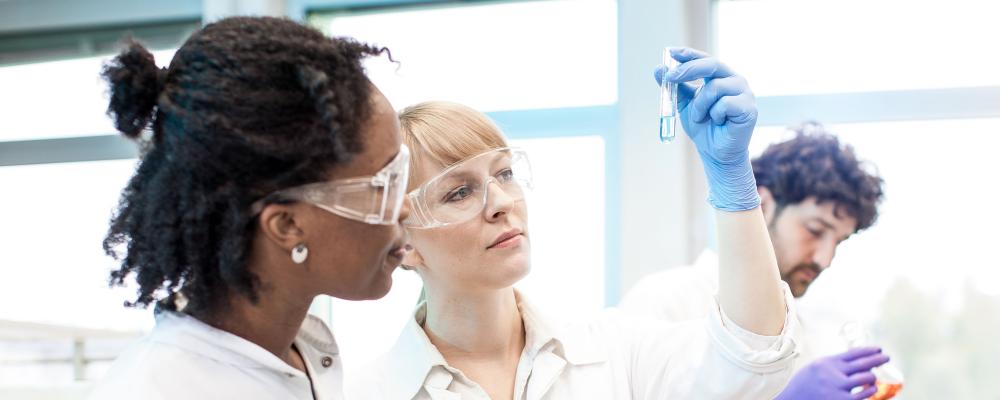Portal Our Laboratories


Bumblebees affected by pesticide use
A study to which ANSES contributed has revealed the adverse effects of the use of plant protection products on bumblebee populations. It found that on sites where the highest quantities of product residues were measured, colonies had fewer offspring and lower weights. The study's findings were published in the journal Nature on 29 November 2023.
What was the context behind the study?
This research was carried out as part of the PoshBee project, which ran from 2018 to 2023 and involved partners from 14 European countries, including ANSES. Its purpose was to better document pollinator exposure to chemicals and their health effects. Three species of pollinating insects were studied: the honey bee, the buff-tailed bumblebee and the mason bee, a wild species. This ensured that the study included pollinator species with distinct ecological and biological characteristics. Bumblebees and mason bees were chosen in addition to honey bees because they do not pollinate the same plants. Research on these species was also facilitated by the fact that they could be bred in captivity before being released at the study sites.
What were the main conclusions of the study on bumblebees?
The results published in Nature on 29 November focused specifically on the consequences of pesticide use on bumblebees. They were based on measurements carried out at 106 sites in eight different countries. For each site, the scientists identified and quantified the plant protection products contained in the pollen the bumblebees brought back to the nest. Among these products, the ones posing the greatest risk to these bees were insecticides. Colonies on sites with the lowest pesticide exposure produced 50% more offspring than the others.
In addition, 60% of the bumblebee colonies studied lost more than 10% of their weight. A 10% loss was the threshold value proposed by the European Food Safety Authority (EFSA), in its revision of the European guidance document for the protection of pollinators exposed to plant protection products. EFSA considered that to avoid threatening bumblebee development, colonies should not lose more than 10% of their weight.
What role did ANSES play in this research project?
For all the studies on pollinators carried out as part of PoshBee, ANSES coordinated the measurement of exposure to chemical, nutritional and pathogen stresses. It was involved in drawing up protocols common to all participants, from the collection and storage of samples through to their dispatch to the testing laboratories. With regard to plant protection products, the Agency determined the list of compounds to be measured, common to all four laboratories tasked with analysing the samples, and developed a database to compile all the participants' results. Lastly, it took part in the statistical analysis of the results.
What will happen next regarding research?
Further results from the PoshBee project will be published shortly. This project has produced robust findings thanks to the roll-out of the work on a European scale. The ANSES Sophia-Antipolis Laboratory, working with the Ploufragan-Plouzané-Niort Laboratory, will continue analysing these results to gain a better understanding of the factors explaining bee colony weakening and how they interact with each other, whether this concerns exposure to pesticides, contamination by infectious or parasitic agents, nutritional factors or other environmental factors.
How will these findings help improve assessments of plant protection products and the monitoring of their effects?
These research results are useful for improving the regulatory assessment of plant protection products and the monitoring of the adverse effects of those placed on the market. The publications resulting from PoshBee's work, such as the aforementioned article, will be analysed by the ANSES phytopharmacovigilance scheme, to determine whether the observed effects constitute alerts requiring action, for example the implementation of further investigations or increased surveillance. The study on bumblebees could also provide insights for the methodologies used to assess plant protection products and their link with the health of pollinating insects.